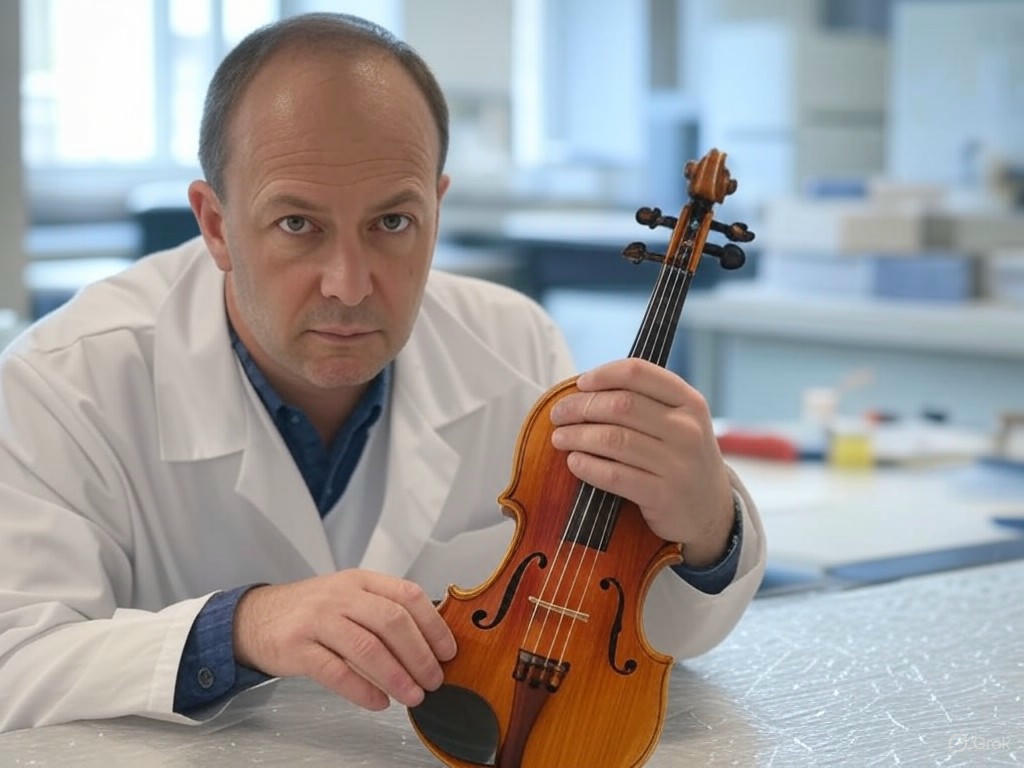Nanotech Marvel: Unveiling the World’s Tiniest Violin
In a groundbreaking stride for nanotechnology, scientists have crafted what they playfully dub the ‘world’s smallest violin,’ a creation so minute that it defies the naked eye. This microscopic marvel, while incapable of producing a single note, represents a significant leap in the realm of ultra-small engineering. The tiny instrument, measuring mere nanometers, showcases the precision and potential of manipulating materials at an atomic scale, opening doors to innovations that could transform industries ranging from medicine to electronics.
The team behind this feat, composed of researchers from a leading tech institute, utilized advanced techniques like electron beam lithography to sculpt the violin from a silicon-based material. Each string, thinner than a strand of human hair by a thousandfold, was meticulously etched to mimic the design of a full-sized violin. Though it lacks the ability to play music—owing to its size being far beyond the reach of any bow or human touch—the project serves as a testament to human ingenuity in mastering the miniature. The scientists involved humorously note that while no symphony will emerge from their creation, it plays a different kind of tune: one of progress in the unseen world of nanotechnology.
This tiny violin is more than a novelty; it symbolizes the broader implications of nanotechnology in solving real-world challenges. Imagine medical devices so small they can travel through blood vessels to deliver targeted treatments, or computer chips so compact they redefine the limits of processing power. The skills honed in crafting this instrument lay the groundwork for such innovations, pushing the boundaries of what’s possible when we shrink technology to the atomic level. The researchers emphasize that their work is a stepping stone, demonstrating how far we’ve come in controlling matter at scales once thought unimaginable.
Beyond the technical achievement, the project sparks curiosity about the future. What other everyday objects could be reimagined at the nanoscale? How might these developments reshape our interaction with technology? While the violin itself remains silent, it speaks volumes about the potential lying in the tiniest of spaces. The team hopes their work inspires the next generation of scientists to think small in order to achieve big results, proving that even the most whimsical ideas can carry profound significance.
As we marvel at this nano-sized violin, it’s clear that nanotechnology is no longer a distant dream but a tangible reality shaping tomorrow. Though we can’t hear its melody, its creation resonates with the promise of a future where the smallest tools create the greatest impact. This silent instrument may not play a song, but it certainly strikes a chord in the symphony of scientific advancement, reminding us that even the smallest steps can lead to monumental discoveries.


